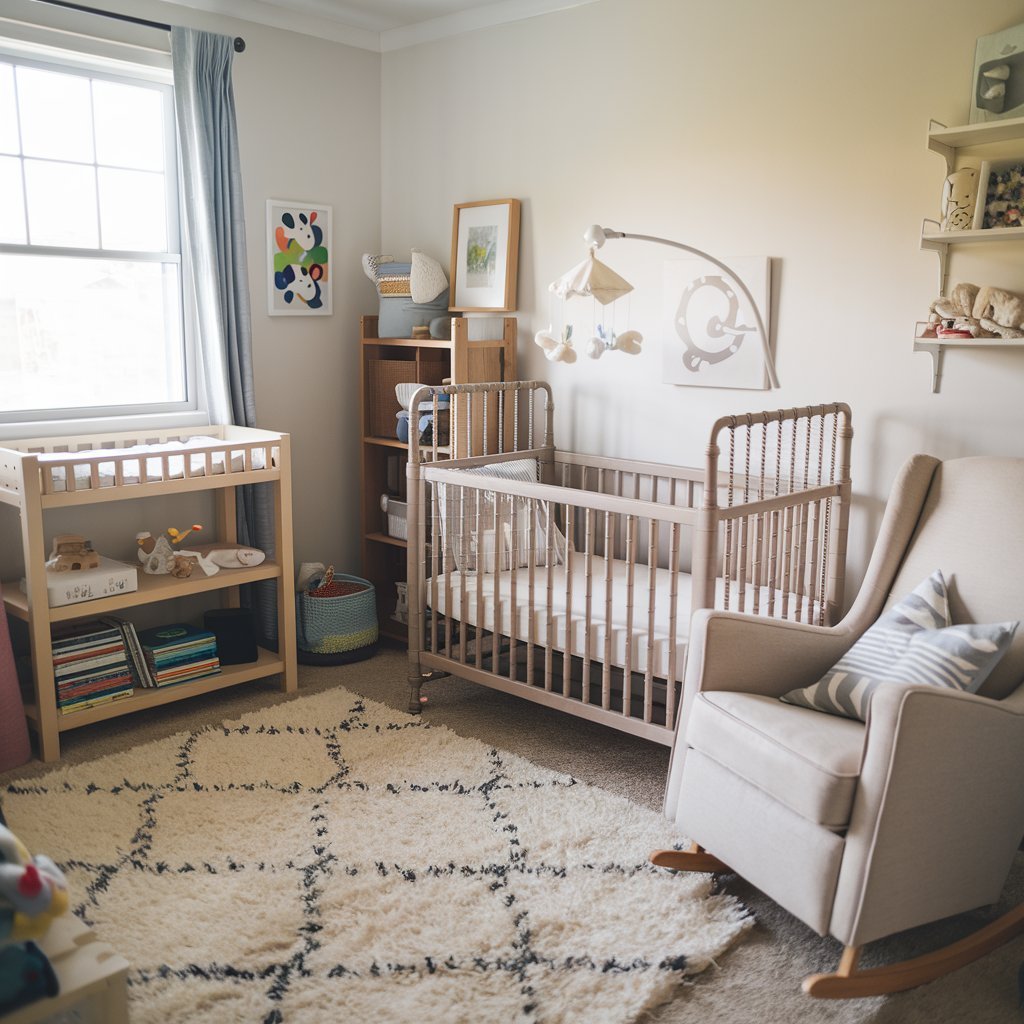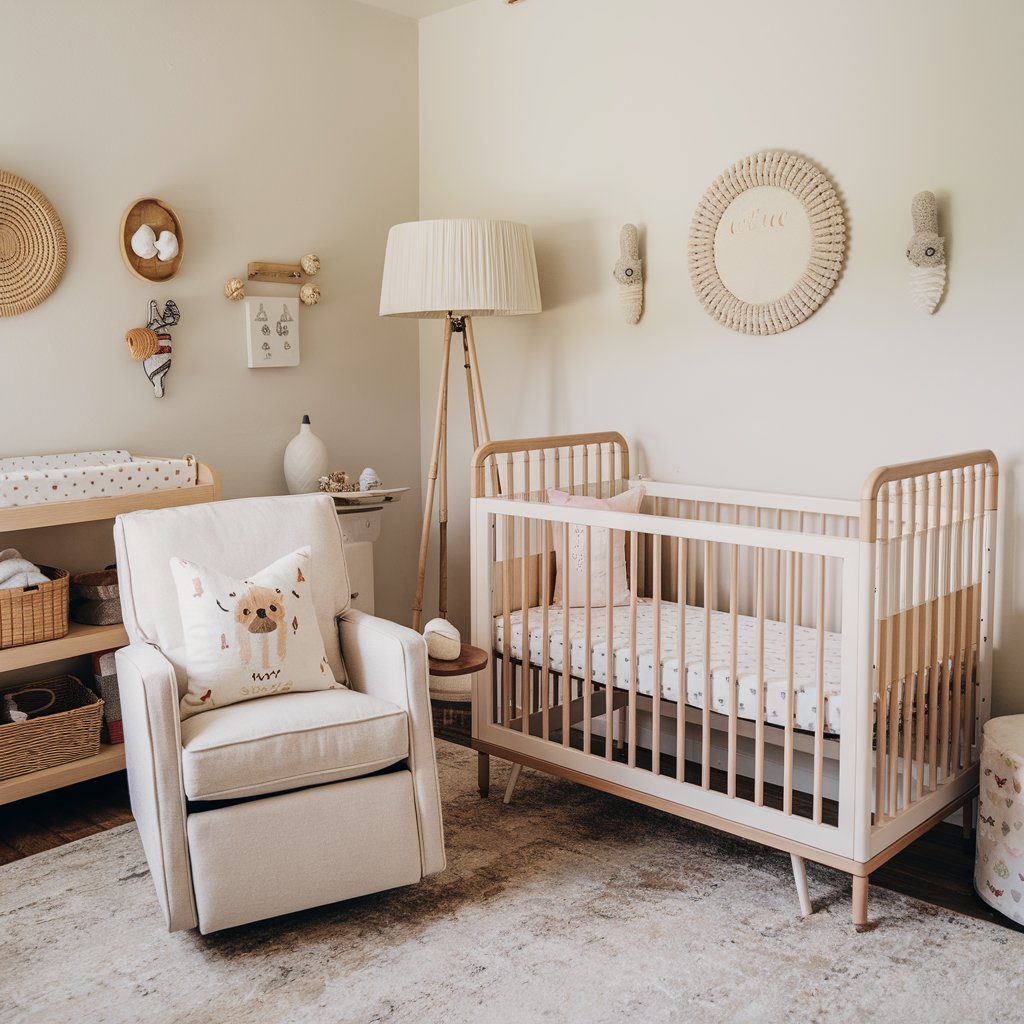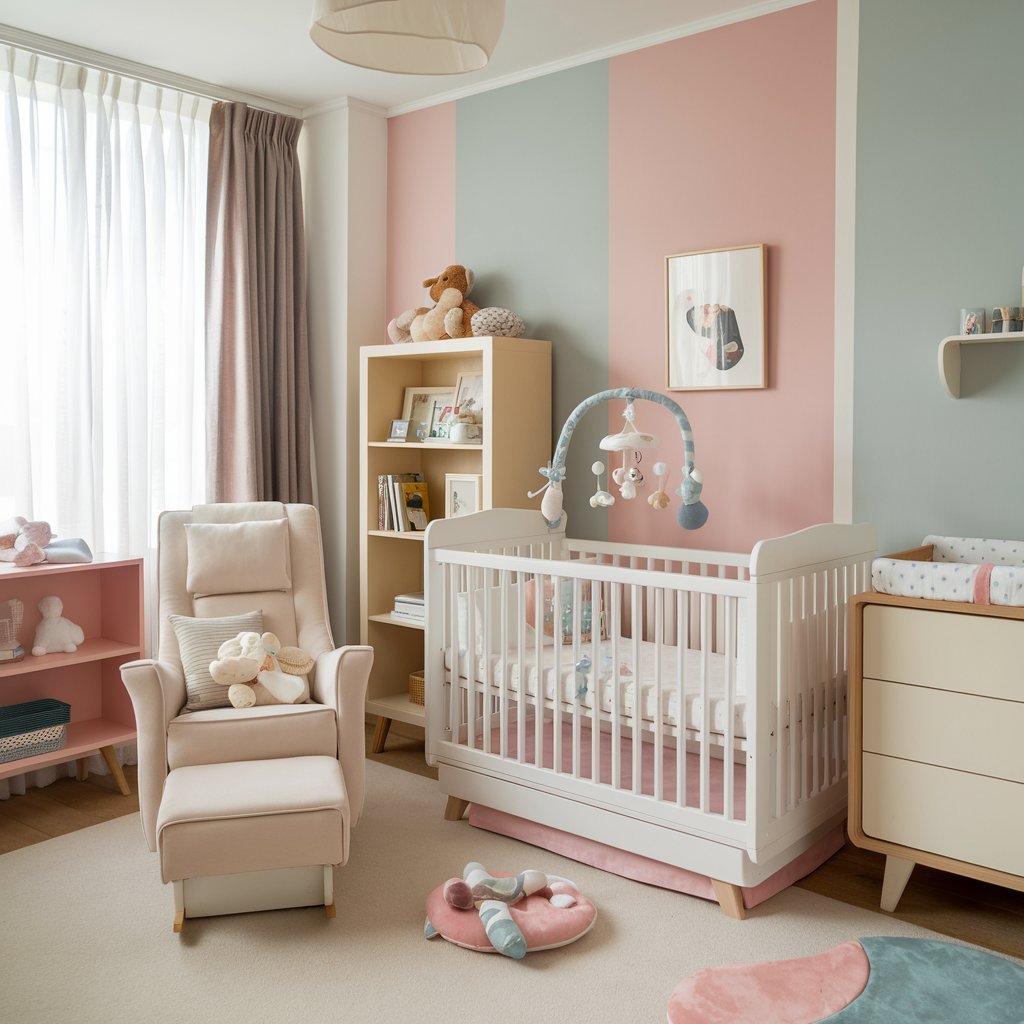The nesting phase is a cherished and often intense period during pregnancy when expectant parents focus on preparing for their baby’s arrival. This time is not only about organizing the nursery and purchasing essentials but also about creating a welcoming and functional space for your new bundle of joy. In this blog post, we’ll guide you through the process of setting up the baby’s nursery and highlight key items like clothes, diapers, and car seats to ensure you’re well-prepared for your baby’s debut.
Creating a Cozy and Functional Nursery
Choosing the Right Room
- Location: Select a room that is quiet and away from high-traffic areas to create a peaceful environment for your baby. Ensure it’s close to your own bedroom for easy access during nighttime feedings.
- Size and Layout: Consider the size of the room and how you can best use the space. A small room can still be functional with smart storage solutions and efficient use of space.
Essential Furniture
- Crib: The crib is a central piece of nursery furniture. Choose one that meets current safety standards and includes a firm mattress. Ensure there are no sharp edges, and the slats are no more than 2.375 inches apart to prevent any safety hazards.
- Changing Table: A changing table with ample storage can make diaper changes easier. Alternatively, you can use a changing pad on top of a dresser for a space-saving option.
- Rocking Chair or Glider: A comfortable chair for feeding and soothing your baby is essential. Look for a chair with good back support and armrests.
- Storage Solutions: Incorporate shelves, bins, and drawers to keep baby essentials organized. This will help you easily access items like clothes, diapers, and toys.
Decor and Atmosphere
- Color Scheme: Choose calming colors for the nursery, such as soft pastels or neutrals, to create a soothing environment.
- Lighting: Opt for a combination of natural and soft artificial lighting. A dimmable nightlight can be useful for late-night feedings and diaper changes.
- Safety: Ensure all furniture is anchored to the wall to prevent tipping. Keep cords, small items, and choking hazards out of reach.
Essential Baby Gear
Clothing
- Onesies: Stock up on onesies in various sizes. They are versatile and can be used as a base layer or on their own.
- Sleepers: Choose cozy sleepers for bedtime. Look for ones with easy-to-use zippers or snaps for quick changes.
- Swaddles and Sleep Sacks: These help to keep your baby snug and secure while sleeping. Opt for breathable fabrics.
- Hats and Mittens: Hats help regulate your baby’s temperature, and mittens can prevent them from scratching their face.
Diapers
- Newborn Diapers: Start with a small pack of newborn diapers to test what works best for your baby. Consider both disposable and cloth options.
- Wipes: Choose gentle, hypoallergenic wipes that are suitable for sensitive baby skin.
- Diaper Cream: Keep a good diaper cream on hand to prevent and treat diaper rash.
Car Seats
- Infant Car Seat: An infant car seat is essential for safely transporting your baby from the hospital. Ensure it is compatible with your car and meets safety standards.
- Installation: Have the car seat professionally installed if possible, or follow the manufacturer’s instructions carefully to ensure proper installation.
Other Essentials
- Baby Monitor: A baby monitor helps you keep an eye (or ear) on your baby from another room. Consider one with video capabilities for added peace of mind.
- Breastfeeding or Bottle-Feeding Supplies: If breastfeeding, you might need nursing pads, a breast pump, and storage bags. For bottle-feeding, stock up on bottles, nipples, and formula (if needed).
- Baby Bathtub: A small, infant-safe bathtub makes bath time easier and more comfortable for your baby.


Shopping Tips and Budgeting
Make a Checklist
- Create a List: Make a comprehensive checklist of all the items you need. This helps ensure you don’t forget anything important and can help manage your budget.
- Prioritize Essentials: Focus on purchasing essential items first. Non-essential items can be bought later or as needed.
Budgeting
- Set a Budget: Determine how much you can spend on each category and stick to it. Be mindful of sales and discounts to save money.
- Consider Secondhand Items: Gently used items like cribs, changing tables, and clothes can be a cost-effective option. Ensure they meet current safety standards.
Buying Tips
- Test Products: If possible, test products like strollers and car seats in-store to ensure they meet your needs and preferences.
- Read Reviews: Research and read reviews on baby products to ensure quality and safety.
Preparing for Baby’s Arrival
Organizing the Nursery
- Setup: Arrange the nursery furniture and organize items into designated areas. Keep frequently used items within easy reach.
- Stock Up: Ensure you have a sufficient supply of essentials like diapers, wipes, and clothes before the baby arrives.
Practice Safety
- Safety Checks: Regularly check for potential hazards in the nursery and baby gear. Ensure that all items are in good condition and safe for use.
Self-Care
- Prepare Yourself: Take time for self-care and rest. Setting up the nursery and buying essentials can be overwhelming, so make sure to take breaks and ask for help if needed.
Conclusion
The nesting phase is an exciting and vital part of preparing for your baby’s arrival. By carefully setting up the nursery, purchasing essential items, and staying organized, you can create a safe and welcoming environment for your new little one. Remember to focus on what works best for your family and enjoy this special time of preparation and anticipation. With thoughtful planning and preparation, you’ll be ready to welcome your baby into a cozy and well-equipped home.


